
Treasures of The Booth Museum - Lower Cretaceous
The Hidden Treasures of Sussex Museums » Booth Museum » Lower Cretaceous
Mouse over image to pause - click on thumbnails to select (Scales approximate)
-
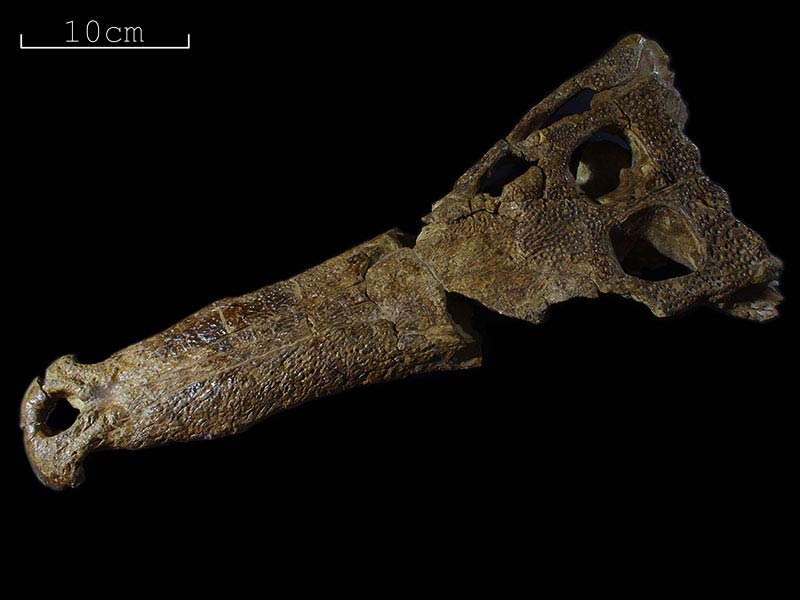
Crocodile skull from Cuckfield. (from above)
This splendid skull is from about 140 million years ago and belonged to an early crocodile that lived in Sussex together with dinosaurs like Iguanodon. Unfortunately its lower jaw and most teeth are missing.
-
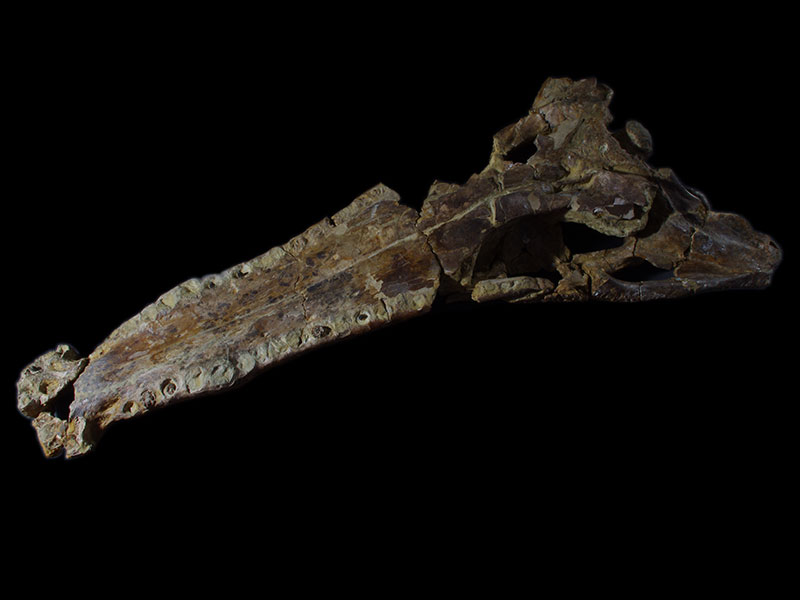
Crocodile skull from Cuckfield. (from below)
This splendid skull is from about 140 million years ago and belonged to an early crocodile that lived in Sussex together with dinosaurs like Iguanodon. Unfortunately its lower jaw and most teeth are missing.
-
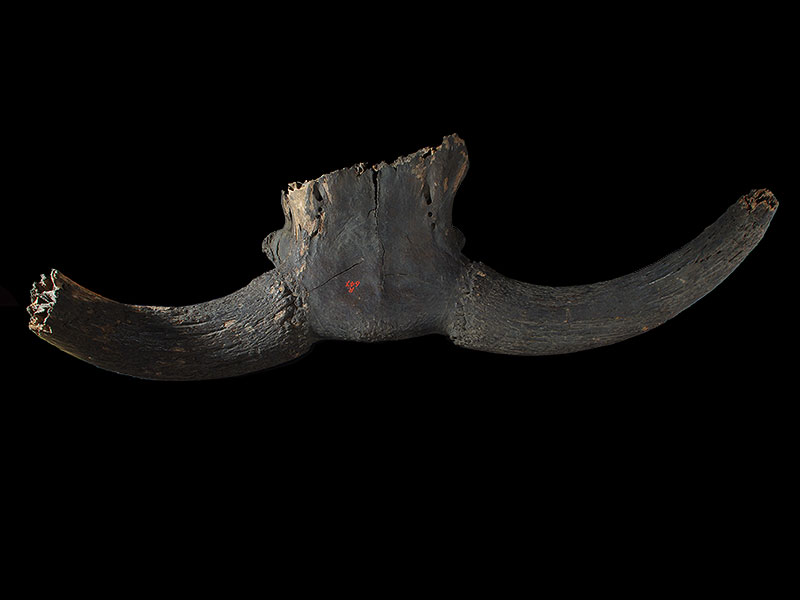
Auroch Skull (top view)
-
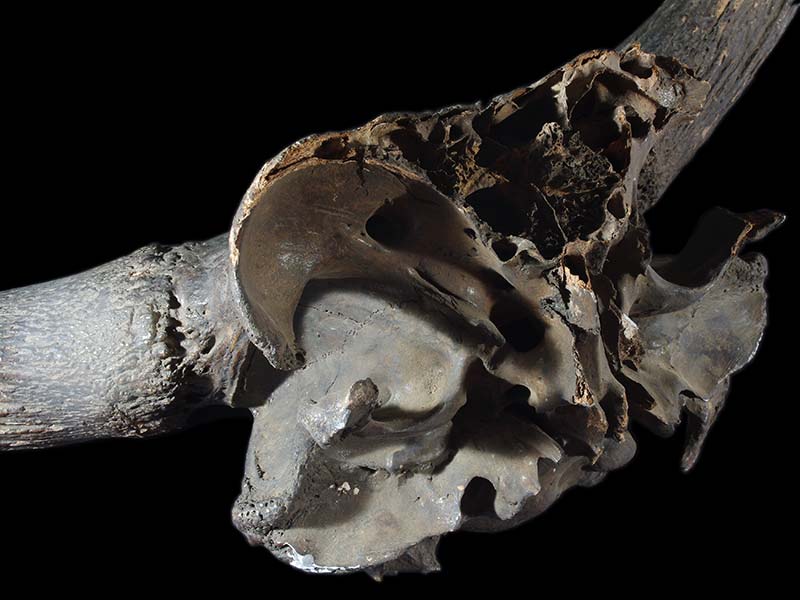
Auroch Skull (underside view)
-

Iguanodon toe
Iguanodon is the dinosaur most famously connected with Sussex since it was here where its teeth were first found in 1822 by Gideon Mantell, the Lewes doctor. This toe - or metatarsal is the fourth bone up from the claw bone.
-
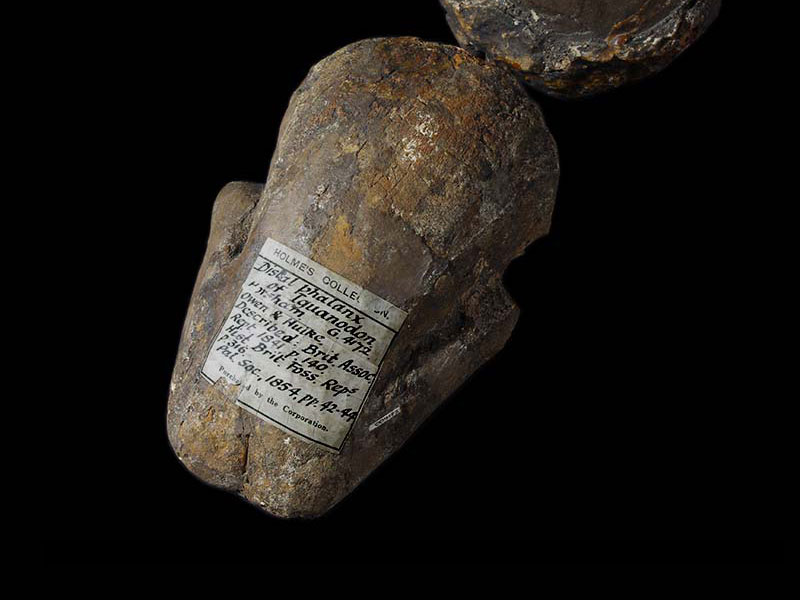
Iguanodon toe (detail)
Iguanodon is the dinosaur most famously connected with Sussex since it was here where its teeth were first found in 1822 by Gideon Mantell, the Lewes doctor. This toe - or metatarsal is the fourth bone up from the claw bone.
-

Iguanodon footprint cast
This is a natural cast of an Iguanodon footprint from the beach at Bexhill. They are occasionally uncovered at low tides.
-

Iguanodon femur
Part of the thigh bone of an Iguanodon showing just how massive its legs were.
-
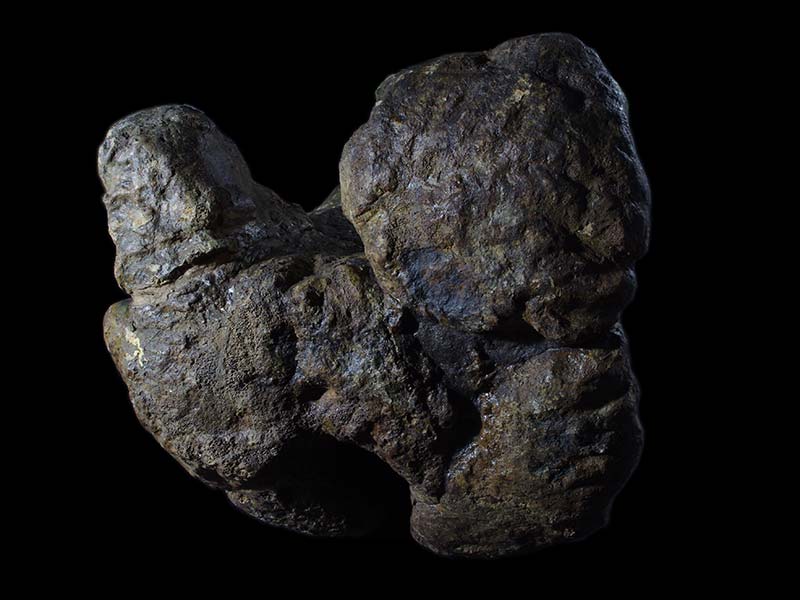
Iguanodon femur (end view)
Part of the thigh bone of an Iguanodon showing just how massive its legs were.
-
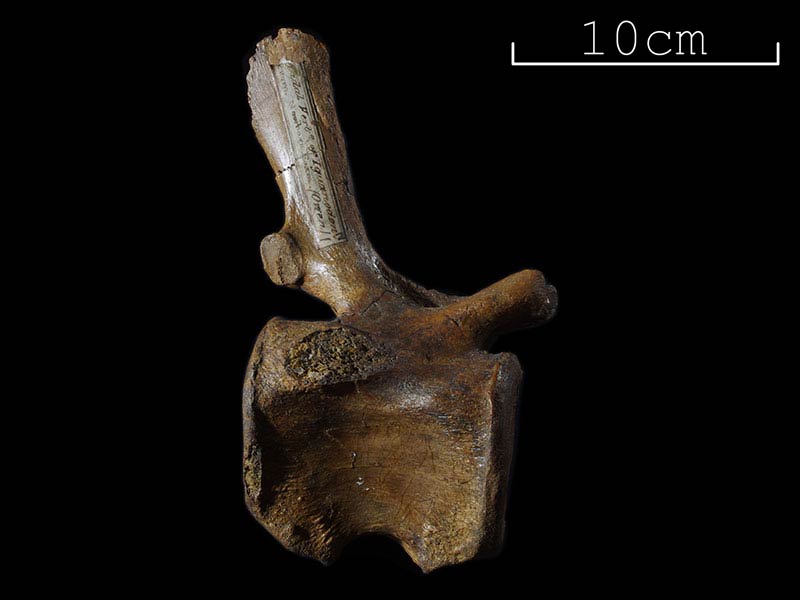
Iguanodon vertebra
A bone from the tail of a young dinosaur - probably Iguanodon.
-
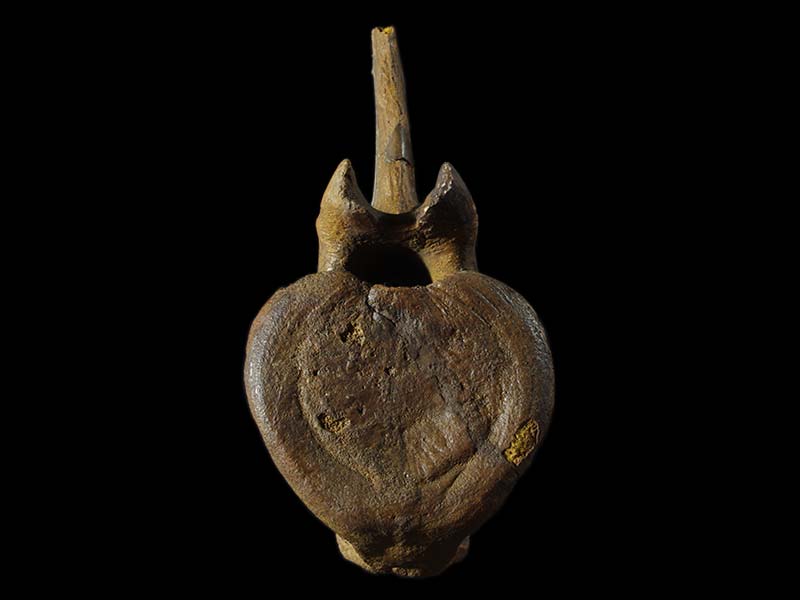
Iguanodon vertebra
A bone from the tail of a young dinosaur - probably Iguanodon.
-
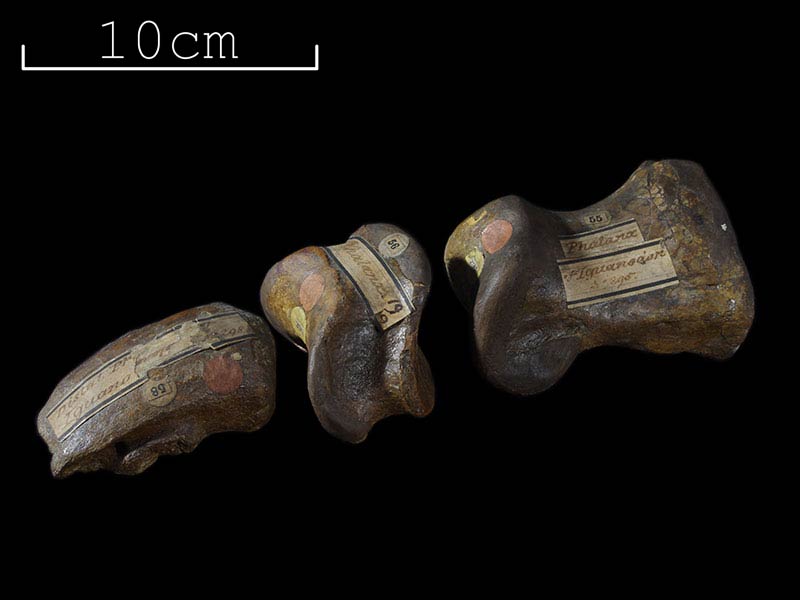
Iguanodon small toe
A toe from a young dinosaur.
-
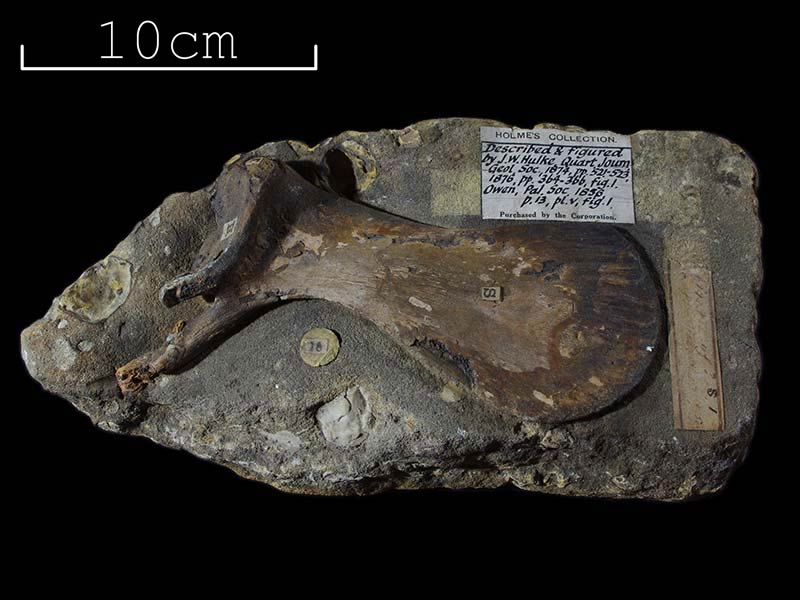
Iguanodon pubis
When this was first found in the early 19th century no-one was sure what bone it was. First identified as a shoulder blade it turned out to be part of the pelvis of a young Iguanodon.
-

Crocodile snout
This snout preserves some of the teeth which the crocodile would have used to catch the large fish which swam in the rivers and lakes 140 million years ago.
-
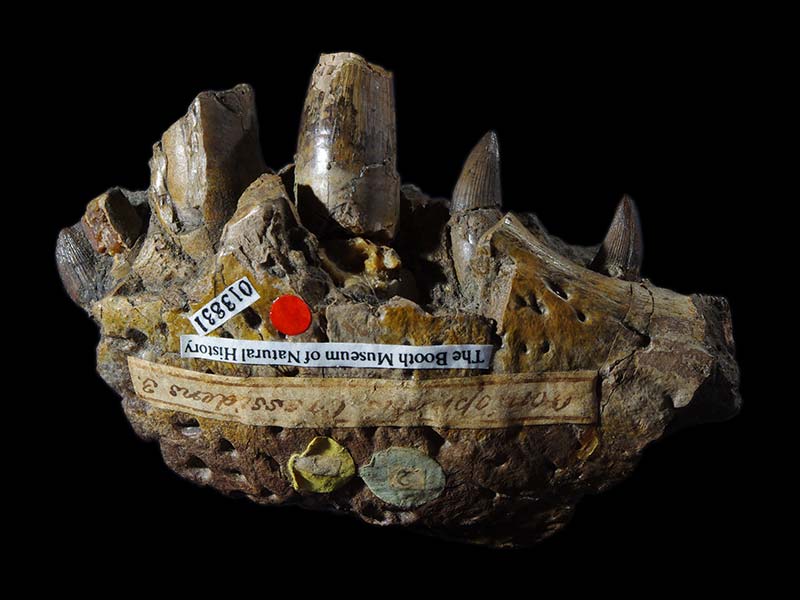
Crocodile snout (lower)
This snout preserves some of the teeth which the crocodile would have used to catch the large fish which swam in the rivers and lakes 140 million years ago.
-
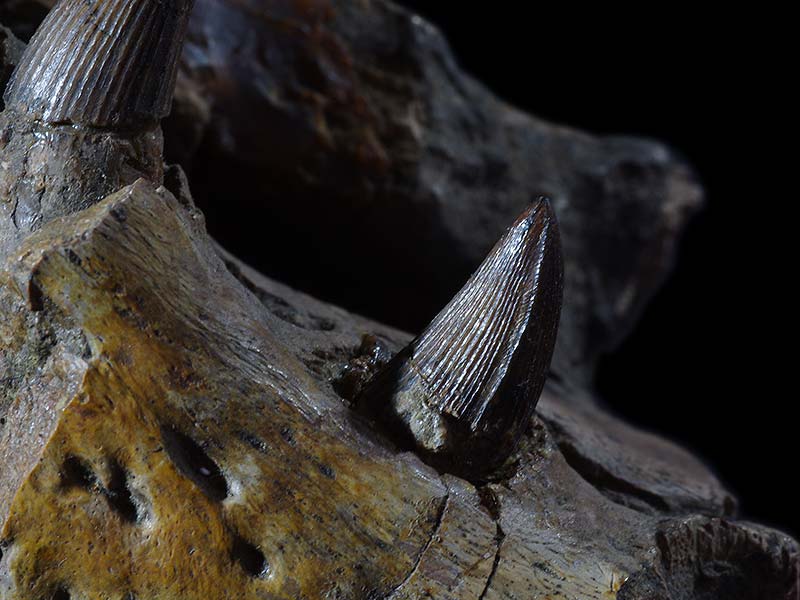
Crocodile snout (detail)
This snout preserves some of the teeth which the crocodile would have used to catch the large fish which swam in the rivers and lakes 140 million years ago.
-

Insects: Odonata
The hot moist conditions of the monsoonal Weald, 140 million years ago would have suited insects of all kinds. If you know where to look insect fossils are quite common in rocks of Sussex and Surrey and include dragonflies, midges, ants, daddy long legs, wasps and cockroaches.
-
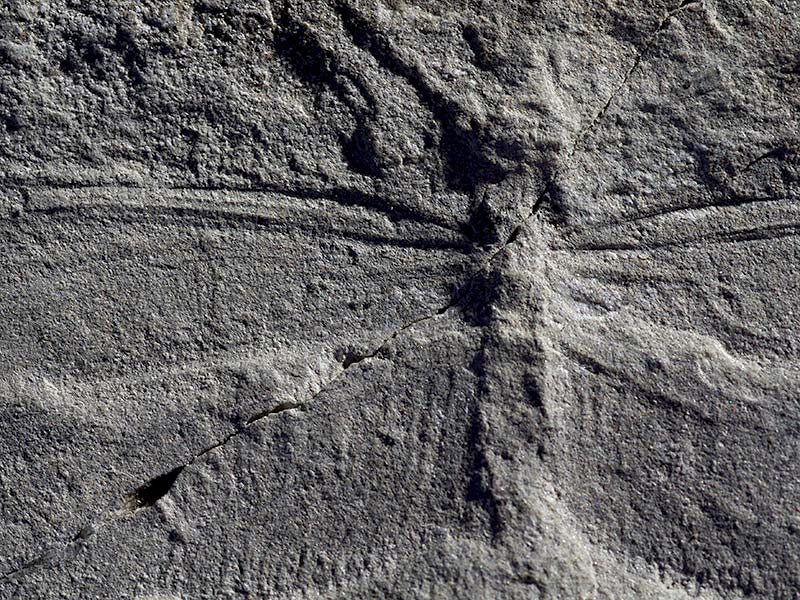
Insects: Odonata
The hot moist conditions of the monsoonal Weald, 140 million years ago would have suited insects of all kinds. If you know where to look insect fossils are quite common in rocks of Sussex and Surrey and include dragonflies, midges, ants, daddy long legs, wasps and cockroaches.
-
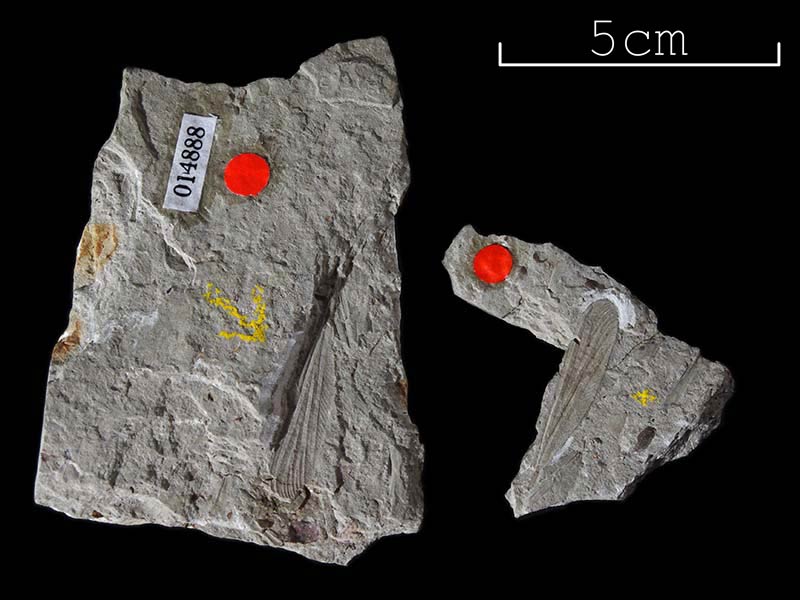
Insects: Odonata
The hot moist conditions of the monsoonal Weald, 140 million years ago would have suited insects of all kinds. If you know where to look insect fossils are quite common in rocks of Sussex and Surrey and include dragonflies, midges, ants, daddy long legs, wasps and cockroaches.
-
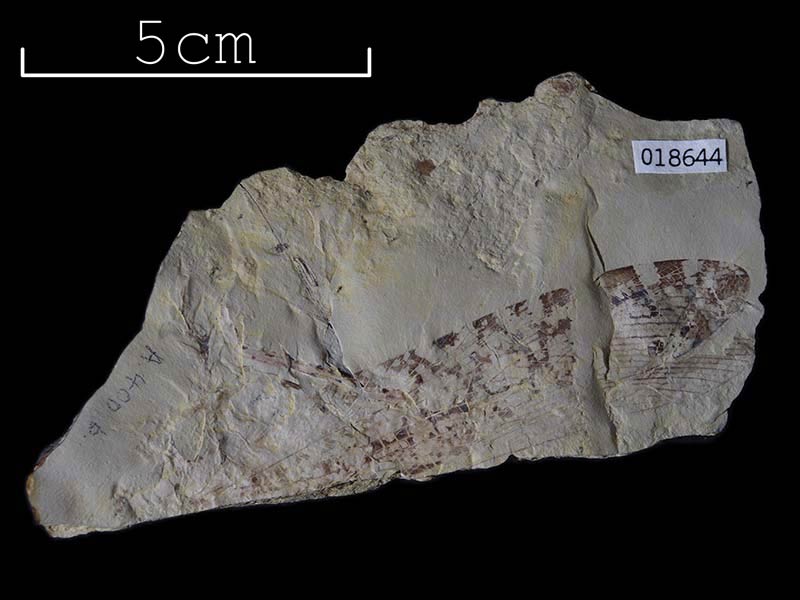
Insects: Odonata
The hot moist conditions of the monsoonal Weald, 140 million years ago would have suited insects of all kinds. If you know where to look insect fossils are quite common in rocks of Sussex and Surrey and include dragonflies, midges, ants, daddy long legs, wasps and cockroaches.
-
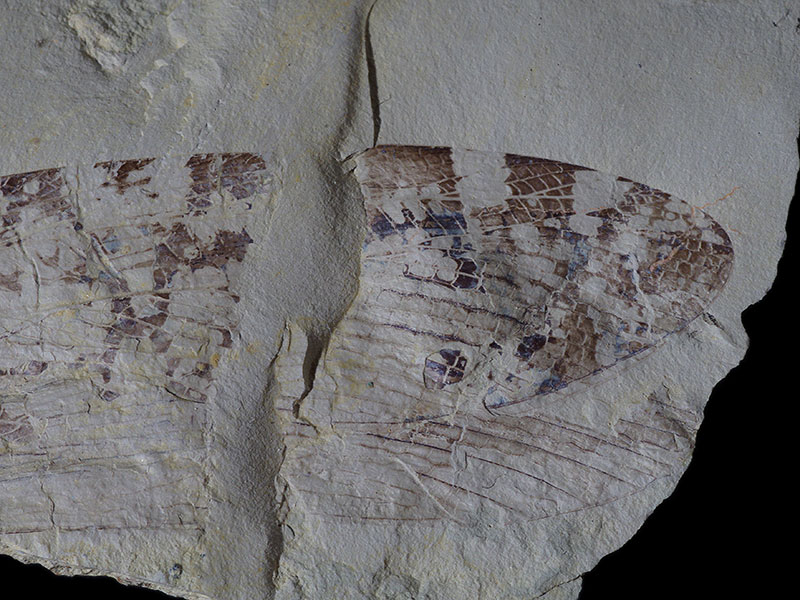
Insects: Odonata
The hot moist conditions of the monsoonal Weald, 140 million years ago would have suited insects of all kinds. If you know where to look insect fossils are quite common in rocks of Sussex and Surrey and include dragonflies, midges, ants, daddy long legs, wasps and cockroaches.
-
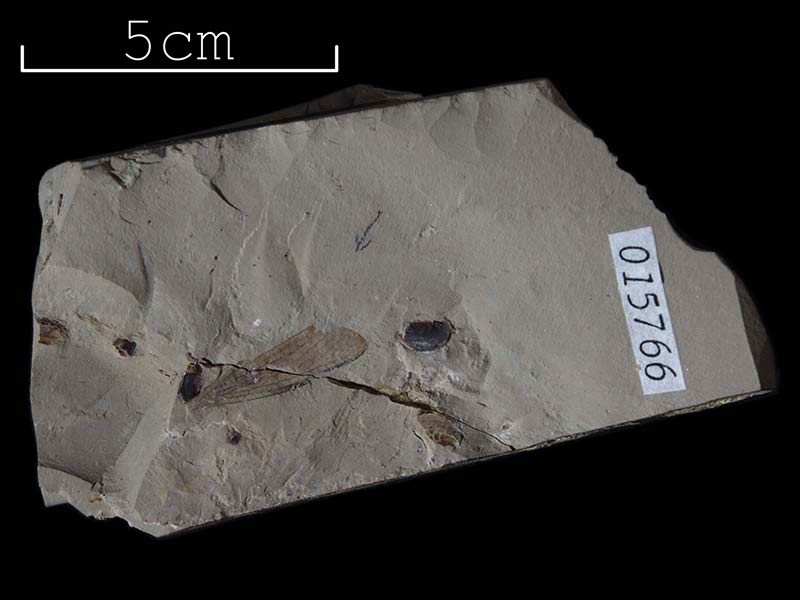
Insects: Odonata
The hot moist conditions of the monsoonal Weald, 140 million years ago would have suited insects of all kinds. If you know where to look insect fossils are quite common in rocks of Sussex and Surrey and include dragonflies, midges, ants, daddy long legs, wasps and cockroaches.
-

Insects: Odonata
The hot moist conditions of the monsoonal Weald, 140 million years ago would have suited insects of all kinds. If you know where to look insect fossils are quite common in rocks of Sussex and Surrey and include dragonflies, midges, ants, daddy long legs, wasps and cockroaches.
-
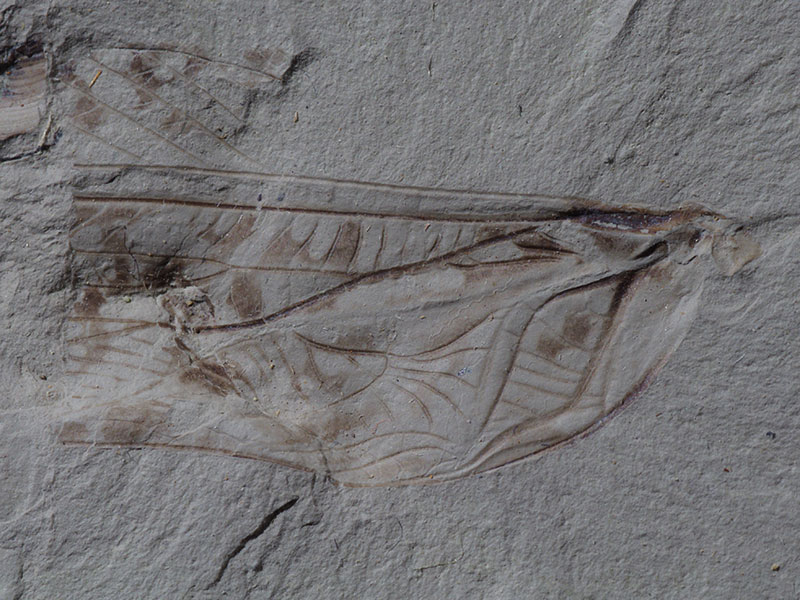
Insects: Orthoptera
The hot moist conditions of the monsoonal Weald, 140 million years ago would have suited insects of all kinds. If you know where to look insect fossils are quite common in rocks of Sussex and Surrey and include dragonflies, midges, ants, daddy long legs, wasps and cockroaches.
-

Insects: Orthoptera
The hot moist conditions of the monsoonal Weald, 140 million years ago would have suited insects of all kinds. If you know where to look insect fossils are quite common in rocks of Sussex and Surrey and include dragonflies, midges, ants, daddy long legs, wasps and cockroaches.
-
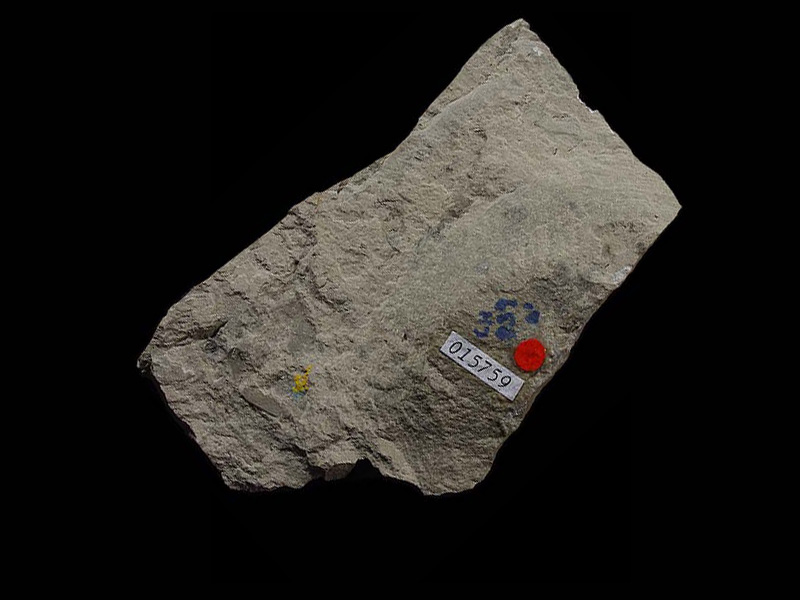
Insects: Diptera wing
The hot moist conditions of the monsoonal Weald, 140 million years ago would have suited insects of all kinds. If you know where to look insect fossils are quite common in rocks of Sussex and Surrey and include dragonflies, midges, ants, daddy long legs, wasps and cockroaches.
-
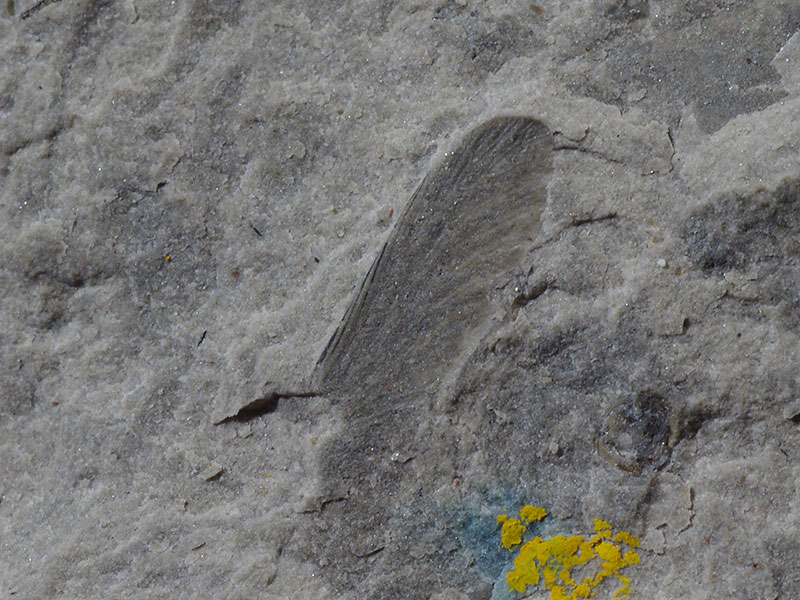
Insects: Diptera wing close-up
The hot moist conditions of the monsoonal Weald, 140 million years ago would have suited insects of all kinds. If you know where to look insect fossils are quite common in rocks of Sussex and Surrey and include dragonflies, midges, ants, daddy long legs, wasps and cockroaches.
-
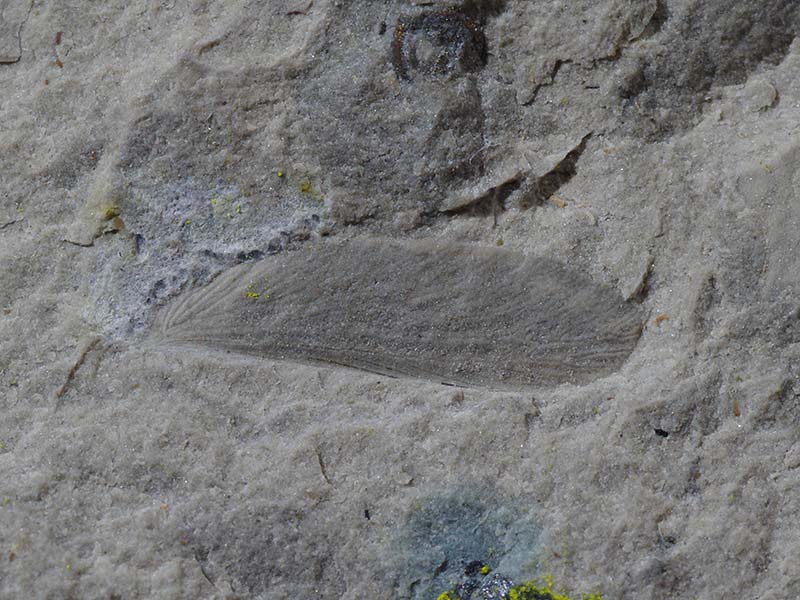
Insects: Diptera wing close-up
The hot moist conditions of the monsoonal Weald, 140 million years ago would have suited insects of all kinds. If you know where to look insect fossils are quite common in rocks of Sussex and Surrey and include dragonflies, midges, ants, daddy long legs, wasps and cockroaches.